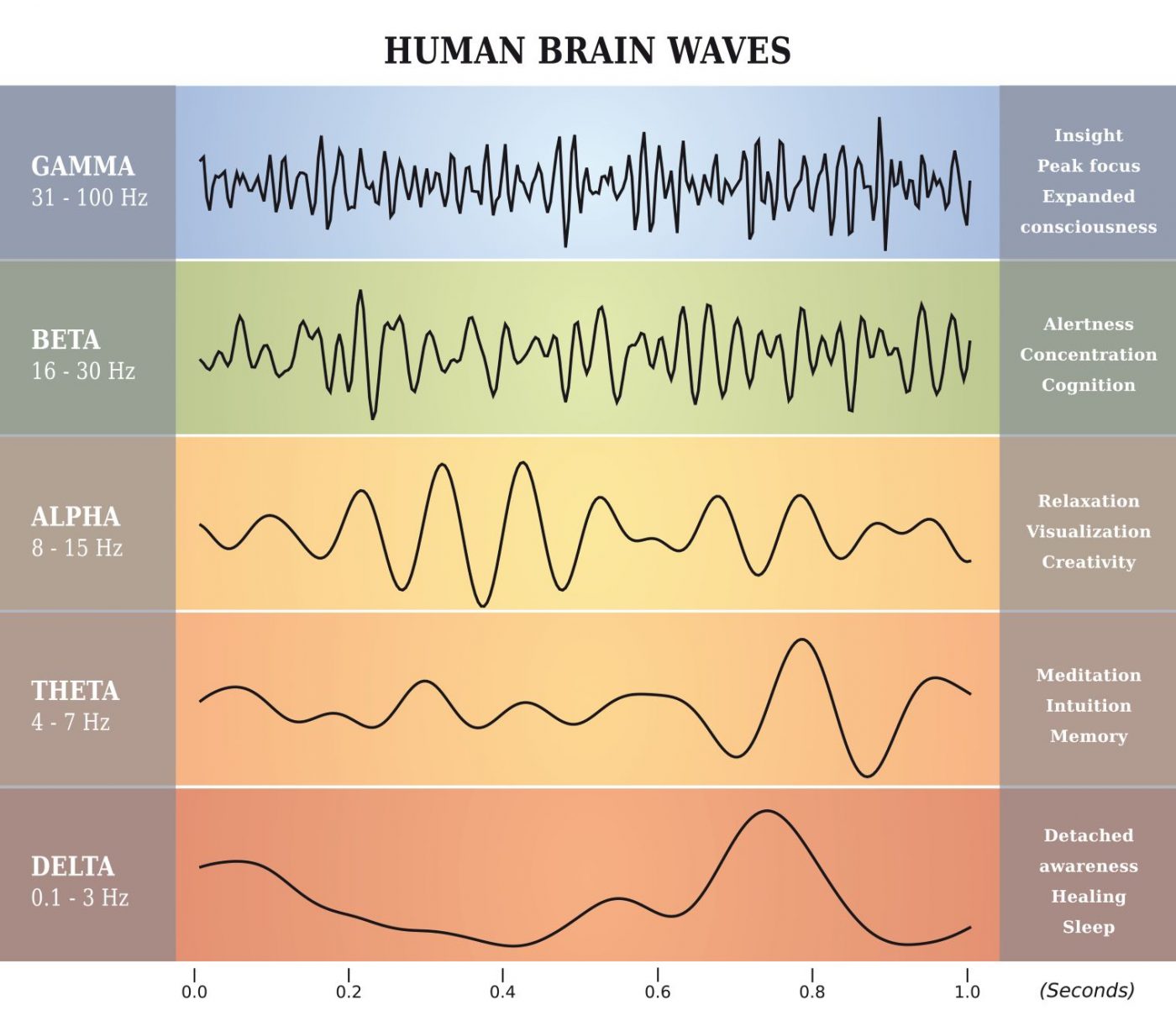Neurofeedback Therapy: Understanding the Dynamics of Brain Waves
The burgeoning field of neurofeedback therapy represents a fascinating intersection between neuroscience, psychology, and technological advancement. As we delve into the myriad of applications it offers, one must grapple with an essential question: Are we harnessing our brain’s potential effectively, or are we merely scratching the surface of cognitive enhancement?
Neurofeedback operates by offering real-time feedback on brain activity. Through this process, individuals can learn to modulate their brainwave patterns—a concept that might not only revolutionize therapeutic practices but also pose significant philosophical implications concerning the nature of self-regulation and cognitive autonomy. This article seeks to illuminate the dynamics of brain waves, elucidate the mechanisms underpinning neurofeedback, and engage with its implications for mental health and cognitive enhancement.
What Are Brain Waves? An Overview
To comprehend neurofeedback therapy, one first needs to understand brain waves. Brain waves are electrical impulses in the brain, generated by the collective activity of neurons communicating with one another. These impulses can be categorized into several frequencies, each corresponding to various mental states and cognitive functions.
The primary types of brain waves include:
Delta Waves (0.5 – 4 Hz): These slow waves dominate during deep sleep and restorative states. They are associated with healing and regeneration.
Theta Waves (4 – 8 Hz): Connected to light sleep, deep relaxation, and creativity, theta waves transcend ordinary consciousness and facilitate a state of introspection.
Alpha Waves (8 – 12 Hz): These waves are prevalent during relaxed wakefulness and are integral for promoting calmness and reducing stress.
Beta Waves (12 – 30 Hz): Related to active thinking, problem-solving, and focused mental activity, beta waves reflect an alert, attentive state but can also manifest during anxiety and stress.
Gamma Waves (30 Hz and above): These fast waves are linked to cognitive processing and high-level information processing, playing a crucial role in learning and memory.
Collectively, these brainwave patterns illustrate how different states of consciousness correlate with various cognitive processes and emotional experiences. The interplay between these waves lays a foundation for the application of neurofeedback therapy.
The Mechanisms of Neurofeedback Therapy
Neurofeedback therapy employs electroencephalography (EEG) to monitor the electrical activity of the brain. By connecting sensors to the scalp, practitioners can visualize real-time brainwave patterns on a computer screen. This process instructs individuals on how to shift their brainwave states effectively. The primary objective is to promote healthier patterns that can alleviate the symptoms of various psychological disorders, improve cognitive performance, and enhance emotional resilience.
Individuals engage in neurofeedback therapy through a feedback loop wherein they receive immediate responses regarding their brain activity. Essential techniques for training often involve:
Visual and Auditory Cues: These cues provide feedback through video games or sound patterns that indicate when the desired brainwave activity occurs. For example, an individual may see visual rewards or hear pleasant sounds when reaching an optimal state of relaxation or focus.
Reinforcement Learning: Like many behavioral therapies, neurofeedback relies on operant conditioning. Positive reinforcement trains individuals to cultivate brainwave patterns that promote mental well-being.
Goal-Directed Protocols: Therapists often tailor neurofeedback protocols to meet specific therapeutic goals, whether addressing anxiety, attention disorders, or enhancing peak performance.
Neurofeedback and Mental Health: Applications and Efficacy
The applications of neurofeedback therapy cross a broad spectrum of mental health concerns. Empirical studies have indicated its potential in treating conditions such as Attention Deficit Hyperactivity Disorder (ADHD), anxiety disorders, depression, and post-traumatic stress disorder (PTSD). Nevertheless, the extent and efficacy of neurofeedback remain subjects of rigorous investigations and nuanced debates.
Addressing ADHD: A significant body of research suggests that neurofeedback training can lead to improvements in attention and self-regulation in children with ADHD. By promoting beta wave activity while decreasing theta waves, practitioners can help individuals attain a more focused mental state.
Treating Anxiety and Depression: Clinical trials underscore neurofeedback’s efficacy in reducing symptoms of anxiety and depression. Training to increase alpha wave activity allows patients to cultivate relaxation and alleviate stress, while gamma wave enhancement may lead to improved cognitive functions associated with mood stabilization.
Enhancing Cognitive Performance: Beyond therapeutic applications, neurofeedback is increasingly utilized for cognitive enhancement. Professionals and students often seek neurofeedback for improved focus, memory retention, and creative problem-solving. By fostering optimal brainwave states, individuals can reach new heights in personal and professional endeavors.
Potential Limitations and Ethical Considerations
Further, the commercialization of neurofeedback therapy poses questions about the commodification of cognitive enhancement. As technological advancements enable more affordable access to tools purporting to enhance brain function, society must grapple with potential inequalities regarding who benefits from these innovations. In a world increasingly obsessed with optimization, are we setting precarious precedents that prioritize cognitive enhancement over emotional well-being?
Conclusion: Engaging with Our Cognitive Frontier
In conclusion, neurofeedback therapy illuminates a cutting-edge frontier at the convergence of neuroscience and psychotherapy. As we seek to optimize and understand our innate cognitive potential, it becomes imperative to reflect upon the ethical implications, access disparities, and the philosophical questions it raises. Are we truly controlling our cognitive destinies, or are we entrapping ourselves in a cycle of endless optimization? The need for robust empirical research, ethical engagement, and societal dialogue is paramount as we navigate this complex landscape. Ultimately, the challenge lies within: Will we pursue the enhancement of our cognitive capabilities responsibly and inclusively, or will we succumb to the pressures of exploitative individualism? The future of neurofeedback therapy rests not only on scientific discoveries but also on our collective decisions about the direction we choose to pursue.
